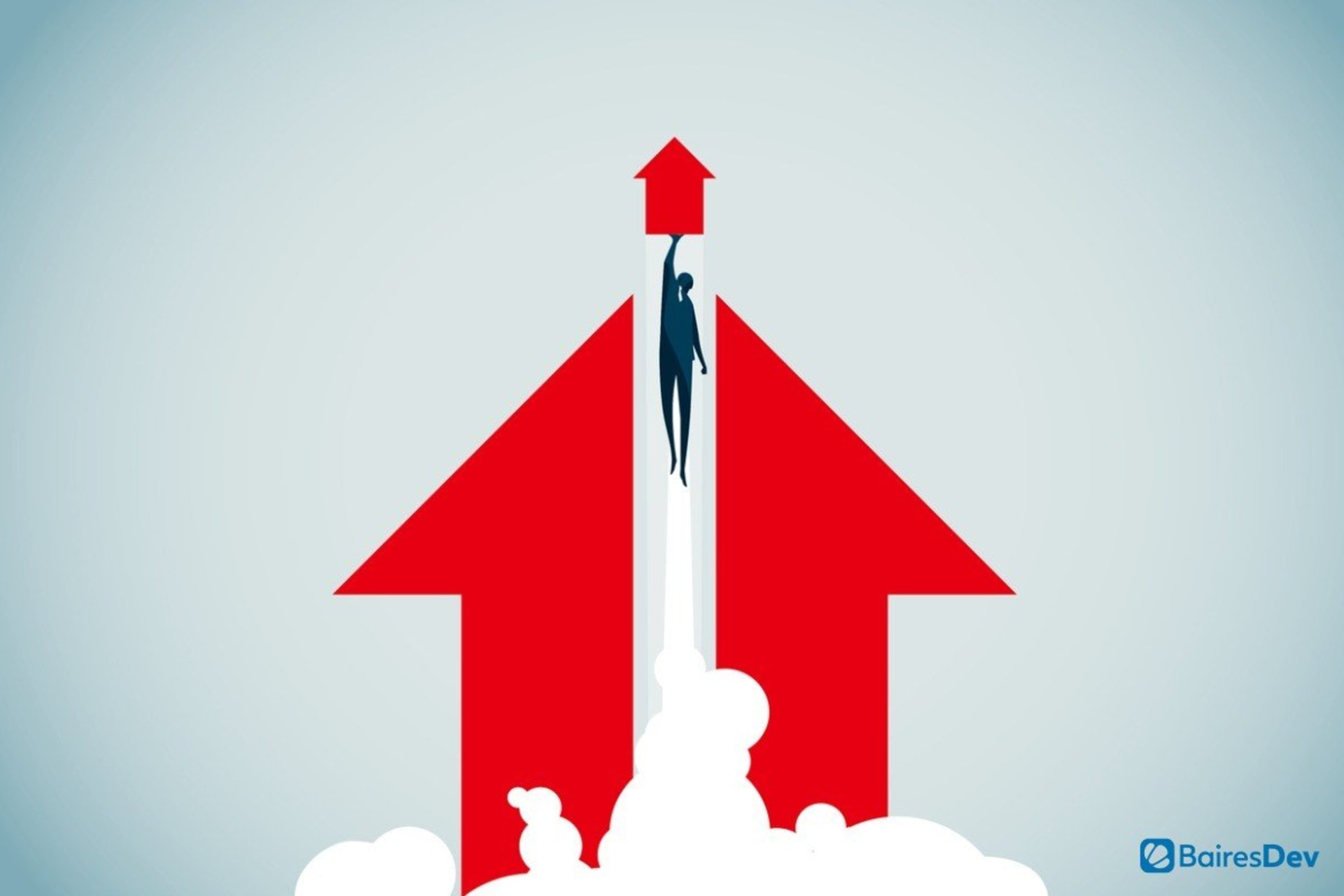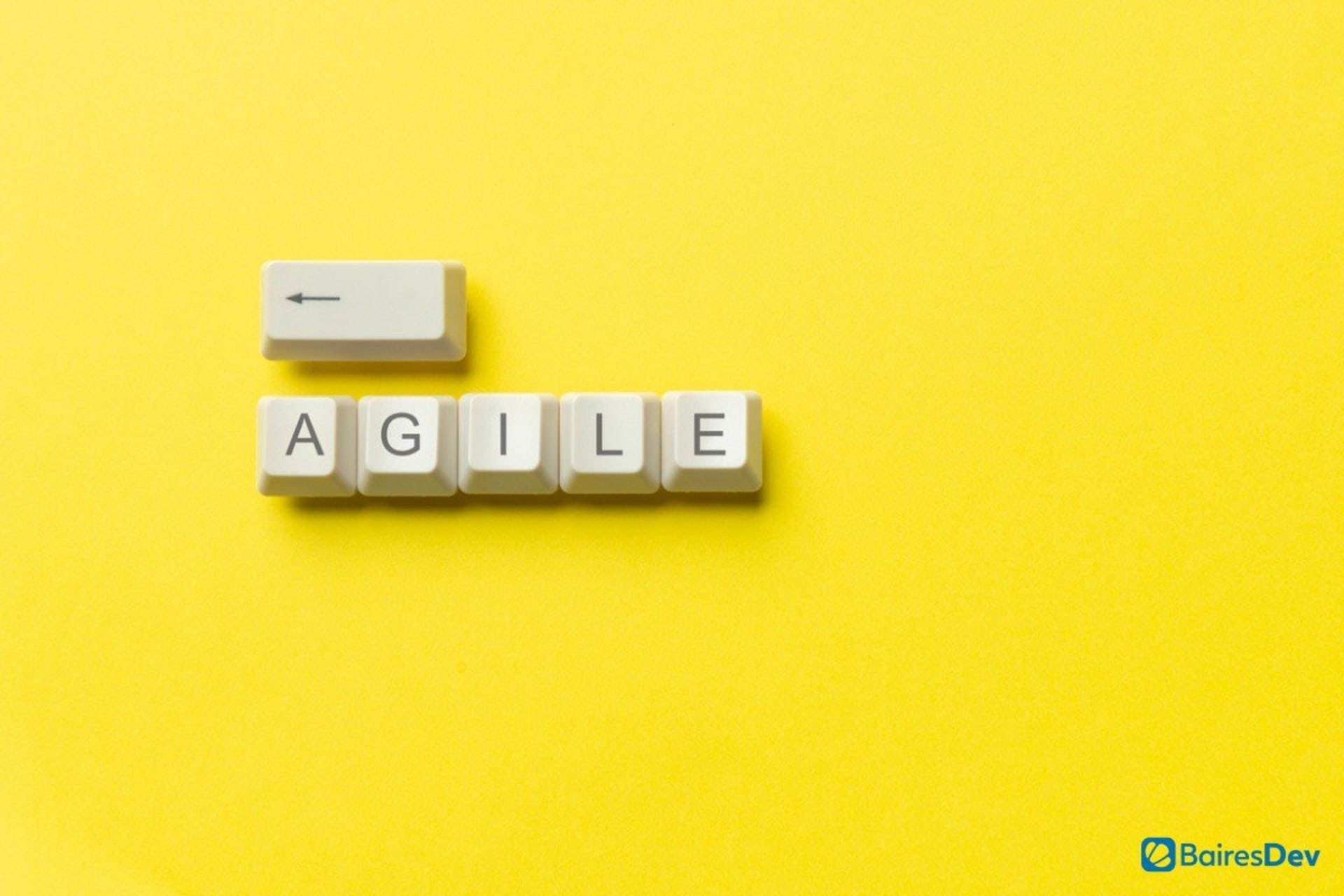Technology provider NVIDIA describes a digital twin as a virtual representation of a real-world physical asset or system that is continuously updated. One benefit of such technology is the ability to manipulate various parts of the twin — that you couldn’t easily control in the real version — to learn how hypothetical scenarios might play out. For example, a manufacturer might use a digital twin to test how robots might interact with existing machinery and human workers to determine how or if they should be deployed.
The notion of digital twins has been around since NASA set up system simulators on spacecrafts. The simulators received updates from the physical craft, enabling engineers to run simulations ahead of departure and troubleshoot problems from Earth. Since then, the technology has evolved, with the Internet of Things (IoT) devices featuring sensors that deliver real-time insights about equipment functionality.
Digital twins can be useful across many industries, including space exploration and manufacturing (as described above), urban planning, healthcare, architecture, retail, and electricity production and distribution. Other reasons for the rapid growth of this technology include benefits like the potential for planned maintenance, improved productivity, the ability to make better products, and support for better decision making. In the sections below we take a closer look at these attributes.
Planned Maintenance
Because digital twins can help company operators predict when to perform maintenance and when to replace old equipment, they can help businesses control their budgets. For example, rather than waiting for equipment to wear out, an electric utility might plan to update and replace a certain number of old utility poles per year. With digital twin technology, they can determine which ones to address first and include them in the budget across years, rather than potentially taking on those expenses all at once.
Digital twin features that enable this type of process include detailed information about each asset, historical data related to its performance, maintenance history, and analytics to predict emerging issues. These attributes help companies move from a reactive strategy to a proactive one. The following video highlights this approach.
Improved Productivity
Digital twins can be used to optimize operations, such as to plan downtime for equipment maintenance or replacement for when it will be the least disruptive. This approach is an improvement over waiting until an emergency forces downtime with no preparation phase. Once again using the electric utility as an example, say the maintenance team is monitoring transmission equipment using a digital twin and spots a potential problem. The team continues to watch the issue for several weeks and sees it becoming worse over time.
The team recognizes a part of the equipment needs to be replaced and has time to order it before the situation becomes problematic for other employees or, worse, for customers. Had the problem not been identified, it could have created electricity delivery problems, which would have required additional resources to be deployed, taking time away from other critical tasks and lowering the utility’s reputation in customers’ eyes. Because it was caught in time, those actions were not needed.
Make Better Products
Digital twins can help organizations test and validate products before producing them in the physical world. For complex systems, engineers can create hypothetical scenarios to see how the equipment would perform in those situations. They can make improvements, ensuring that when the product actually goes into production, it is virtually problem-free. This capability not only enhances the quality of products but saves the time and cost of testing them in the physical world.
The more complex the product being developed, the more useful this process can be. For example, imagine the ability for a car manufacturer to create a virtual model of a car it wants to produce. Testing the vehicle before it’s even built gives the manufacturer the opportunity to improve performance and design elements. This process is especially useful with new automotive technologies, such as those found in electric vehicles (EVs), a quickly growing segment of the market.
Better Decision Making
Using digital twins, companies can get more accurate information about their equipment, such as what repairs might be needed in the upcoming months, and how much needed materials might cost. Because these insights are highly accurate, business leaders can move forward with decisions swiftly and confidently. Some specific decisions digital twins can help with include the following.
- How many humans do we need to execute this process? How many robots?
- Where would be the best place to put this new piece of equipment?
- How long until this piece of equipment needs maintenance?
- Which piece of equipment will be the next to fail?
- How much longer will this piece of equipment serve its purpose?
- Is this product idea viable?
- Is this product idea ready for production?
- How can this product be improved?
- Which processes can be improved for better overall efficiency?
Are Digital Twins Right for Your Company?
If the advantages above sound like they could benefit your organization, digital twin technology might work well for you. But before going too far down that path, here are some other factors to consider:
- Security. Given that each new endpoint represents a potential security vulnerability, you will need to update your security protocols before implementing digital twins.
- Data quality. The success of digital twins depends on the quality of the data they have access to. Prior to implementing this technology, you must ensure your data quality is adequate.
- Training. Digital twin technology requires workers who know how to use it. You’ll need to train current employees or hire new ones to ensure you make the most of your investment.
If you’re prepared to address these concerns, digital twins might be a useful addition to your operations.






